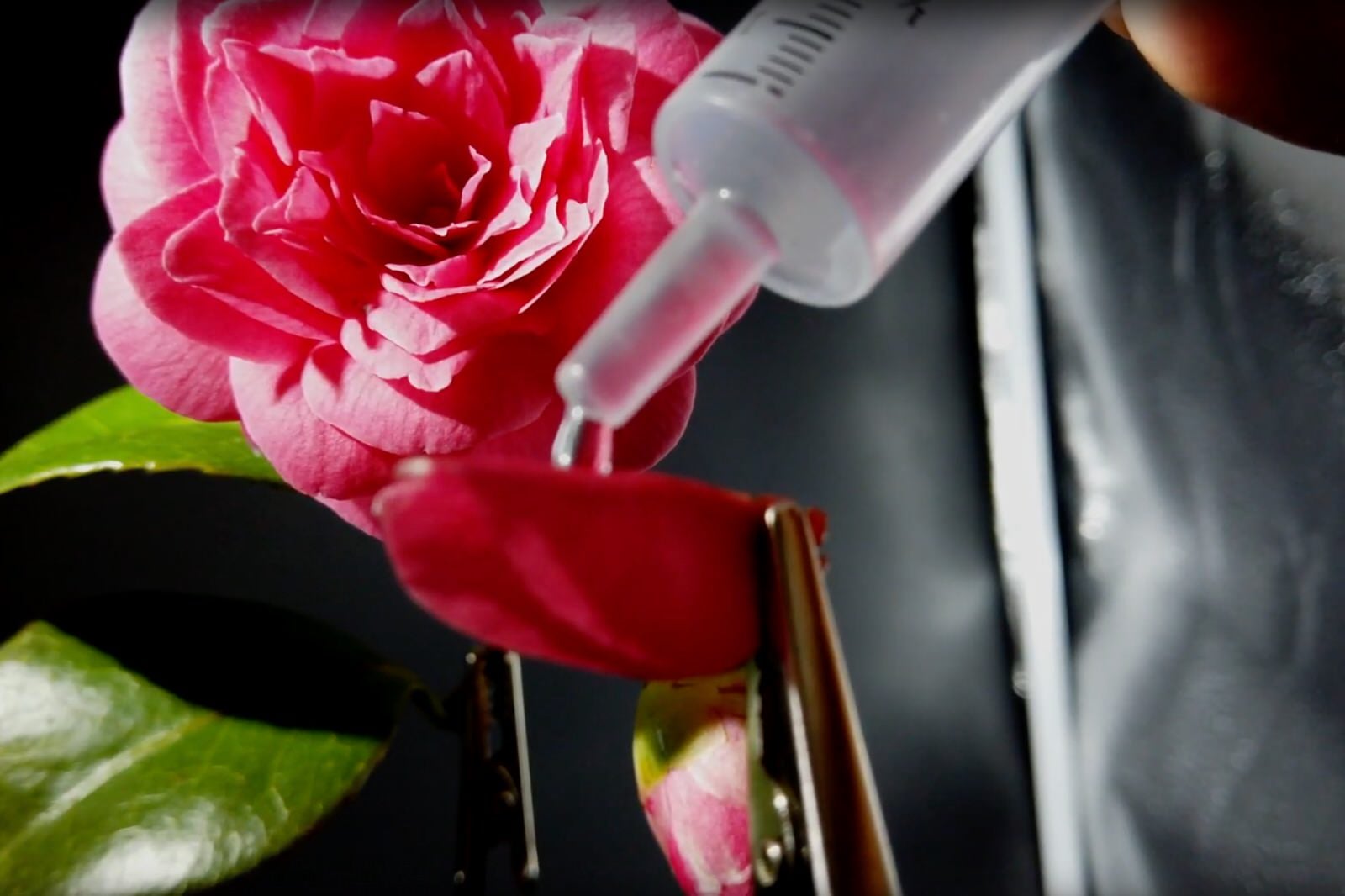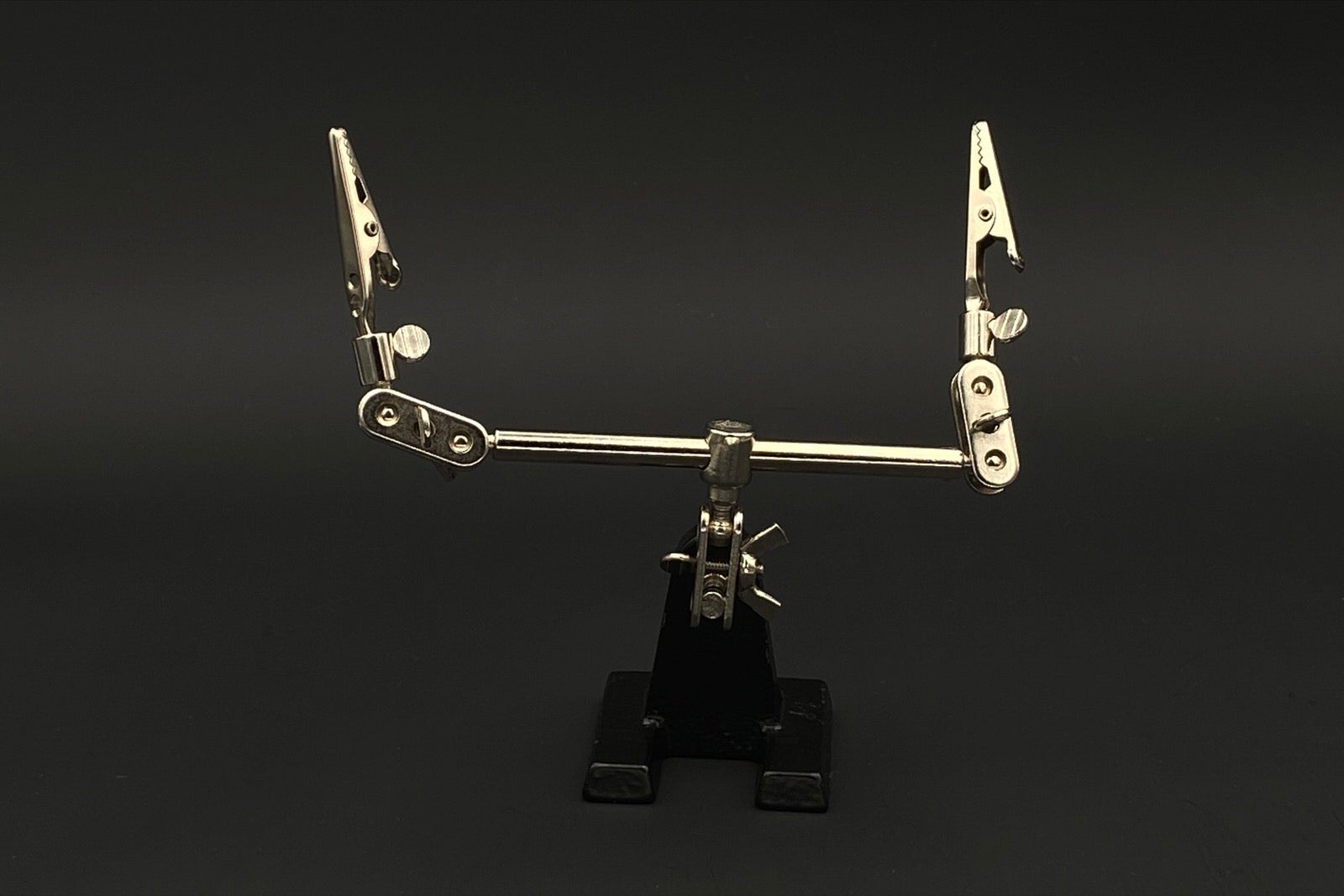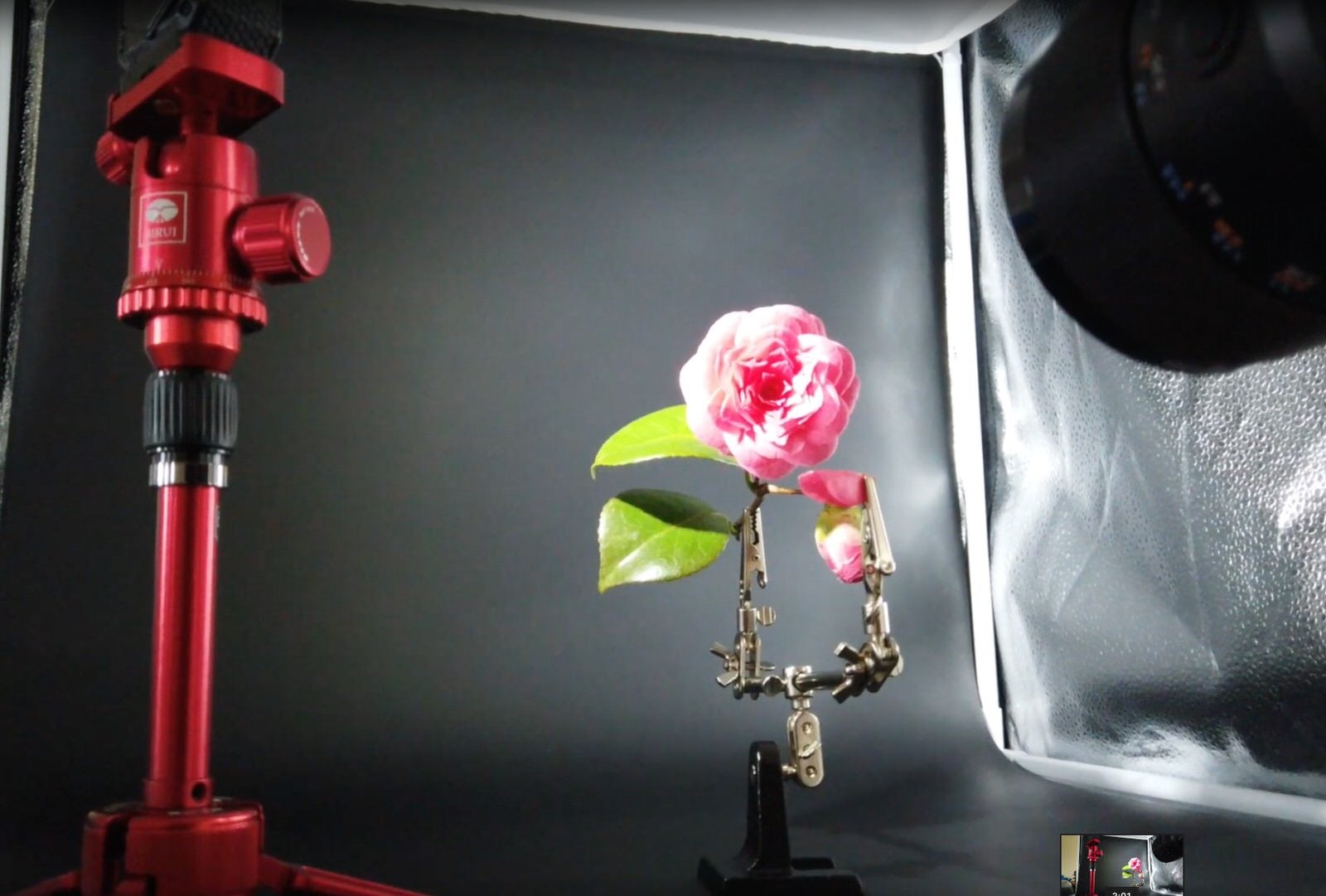During these times of social distancing, I’m discovering new ways to stay creative within my own home. I’m definitely not a macro shooter by design, but necessity has made me into one. This is the first of a series of tutorials where I’ll share my journey into everyday macro at home with you. With my camera and a macro lens (I'm using a Sony α7R IV and the Sony 90mm f/2.8 G Macro), sound knowledge of photography fundamentals and a few homemade tools, I’m hoping to create some photographic art on a small scale.
There is no substitute for learning from a master (like this Macro Quick Start Guide by macro pro Caroline Jensen). However, sometimes I feel it’s equally helpful to get the perspective of a novice and ride along on the journey of discovery and synthesis. I hope you’ll join me as I try to set up and photograph everyday things I find in my home and backyard.
"With my Sony α7R IV & Sony 90mm f/2.8 G Macro lens, sound knowledge of photography fundamentals and a few homemade tools, I’m trying to create some photographic art on a small scale."
Because I’m so new to macro, I’ve been doing a ton of research online, so you won’t have to. None of the ideas I present are novel and so many creators have brought them to light much more elegantly than I am about to. However, I do think it’s the process that’s most important. If you can learn a little bit of that from me, then I’ve accomplished my goal.
I love macro shots of flowers, but I wanted to do something different. Recently, I discovered the magic of water droplet imaging. I’m not talking about taking pictures of plants with water sprayed on it. I’m referring to shooting through a single or a few droplets of water to frame something special beyond it.
The image below, for example, was made with a flower petal, a drop of water and a single rose. Let me first share with you the equipment I used and how I set everything up. Then I’ll go over my camera settings.

Photo by Mahesh Thapa (@starvingphotographer). Sony α7R IV, Sony 90mm f/2.8 G Macro lens.
I’m using a Sony α7R IV with the Sony 90mm f/2.8 G Macro lens. I set it up on a simple table-top tripod. I took another table-top tripod and put a Lume Cube as a single source of light. I’m also using a couple of Helping Hands clamps to position the subject. Finally, a small syringe with tap water serves as my source of droplets. It could have been better with a narrow gauge needle which would have allowed for finer control over the water droplet, but I didn’t have one, so I made do with just the syringe. I’ve chosen to photograph the entire set up in a light booth I had, but that’s not necessary.

Positioning the water droplet on the flower petal with the syringe.

Helping Hands are extremely useful for home-studio macro photography.
Now for the setup. I positioned the flower and petal about six inches or so apart. The Helping Hand clamps are…well…very helpful in achieving this. I carefully used the syringe to place a drop of water on the petal then I positioned my single light source so that most of the light fell on the flower and a small amount spilled over onto the petal. I used a Lume Cube, but a small flashlight can work as well. Position your camera so that you’re looking through the droplet to the flower beyond. I found that f/8 – f/11 works best and helps avoid uneven softness of the flower caused by the shape of the water droplet. That’s it!

The complete setup in the home studio light booth. The Lume Cube is on the table top tripod on the right.
Here’s another image where I used the same technique. Instead of a flower, I placed an image of my wife and myself. It made an amazing anniversary gift! Here’s a pro tip: The image you want to showcase in the droplet needs to be positioned upside down.

Photo by Mahesh Thapa (@starvingphotographer). Sony α7R IV, Sony 90mm f2.8 G Macro lens.
The possibilities of shooting macro with water droplets like this are endless. Once you have the fundamental technique down, try experimenting with different subjects. I think you’ll find that it’s addictive and exploring the macro world is just as revealing as exploring a grand landscape.
Mahesh Thapa is a member of the Alpha Imaging Collective. You can see more of his macro images and follow him on Instagram @starvingphotographer.



